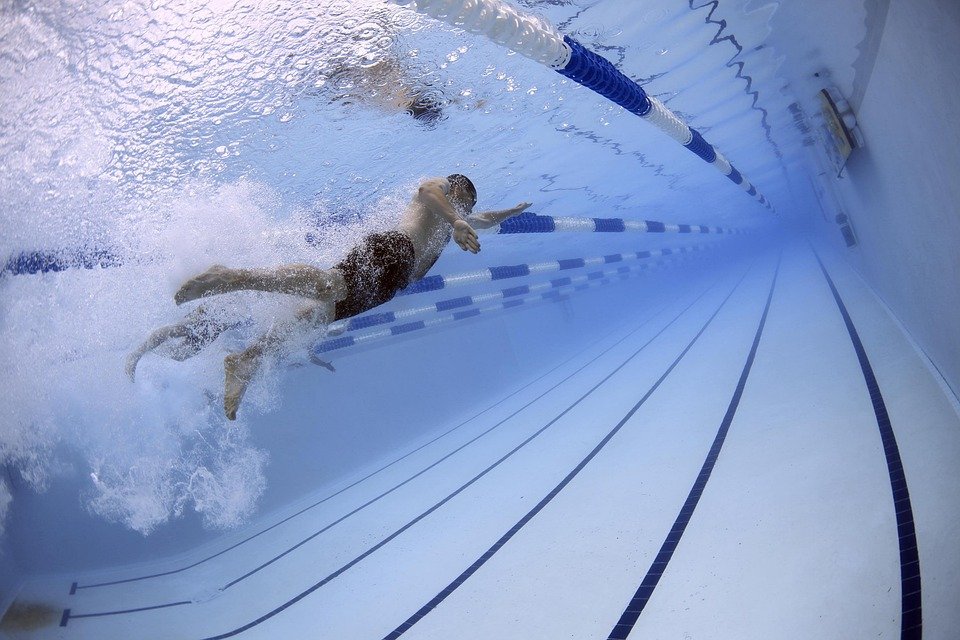A night at the greyhound racing is a fun thing to do. Gather with friends, have a few drinks, and maybe even eat while watching those cute dogs chase a bunny – or rather what they think is a bunny. An integral part of your evening will include choosing a dog to take back to the races. Just a little network for fun and maybe a little return. But there is a lot of information in the race card which can be confusing for a beginner. To help you deal with it, here’s a quick rundown of what you’re offered in the race pass.
The race card contains all kinds of useful information and a last look (the last six appearances for each dog) to help you make your choices. It might seem a bit daunting at first though it’s not hard to get used to.
The main (or bold) type is reasonably clear. Reading from left to right you usually have the trap number the greyhound, owner and trainer will start from and a summary of the number of races run, won or placed. Below this you have the dog’s last six races. That’s what you want to scrutinize to help pick these winners. With that in mind, here’s the usual kind of information a typical UK greyhound racing card will show you for each dog in the race. Last run date
Distance: The distance the race must cover is expressed in meters. For 280,500, 660 as applicable.
Trap number: The number of the trap from which the dog starts the race. The dog will wear a racing vest of the corresponding number to help you identify him during the race.
Time to First Split Time: This is the time (in seconds) that the dog goes from the starting traps to the first turn in a race usually. For example, 4:57 means the dog ran to the first notch in just over four and a half seconds. An indication of how quickly the animal is moving away from the traps.
Position by Race: Expressed as a series of numbers to reflect the dog’s position during each of his six previous races. For example, 5631 would mean that the dog was starting slow and then worked his way up to moving into third place and eventually winning. Conversely, the number 1246 indicates that the animal started brightly but did not have the speed to keep it up.
Finishing position: self-explanatory. The position in which the greyhound finished the race. Expressed as a number between 1 and 6.
Distance covered (or won if the race is won): Expressed as a whole number or a fraction if appropriate. For example, 4 3 means the dog came fourth and was beaten by three lengths. Or 1 2 means the dog won by two and a quarter lengths.
Winning Dog (or Runner-up Dog if Dog Wins): The name of the dog that won your Greyhound’s last race or if your Greyhound won, the name of the dog you beat will be displayed here.
Comments about how the dog is walking: The abbreviations used here are intended to give a snapshot of the race. Most race cards provide definitions of acronyms so you can follow along. For example, a crowded 2 means the greyhound found some trouble on turn two and was lacking space or a stumped start signifies that the dog was bumped by an opponent who got out of the traps.
Winning time: Self-climbing. The time the winning greyhound scored.
Split-second Go Adjustment: Win times are adjusted according to prevailing track conditions. A plus sign means the move was fast while a minus sign indicates the walk was slow – for example, it might be a wet track after a rain.
Weight: Greyhound weight in kilograms. All Greyhounds are weighed on the track to ensure there is no discrepancy between the advertised weight and the actual weight on race day. Important to compare to previous race weights for consistency.
Starting Price: The price at which the winning Greyhound was returned for betting purposes. If it is a trial race, it will show how many dogs are in the trial. For example, T3 will be a three-dog trial).
Race score: denotes the race level. For example A2, A4 and so on. The lower the number the higher the score of the race.
Calculated time: The winning time is applied after any ongoing adjustments. The asterisk shows the greyhound’s best recent time. Find the fastest time recently recorded on all greyhounds in a race over the distance as well. This is known as “dog time”.
Now you have a brief explanation of what all those letters and numbers mean and an understanding of how to read a greyhound racing card. With a little practice you will become fluent and be able to “read” the race. Part of the fun is using the information to form your opinion about which greyhound will win, debating it with your friends and then finding out who is right.
